Watch this video for a demonstration of Bag O’ Blocks and teaching ideas!
(Note: a blank block with white and black sides is available separately for use as an eighth block.)
.
Here are some ideas, though teachers will think of many other uses as well.
.
1) Practice Keyboard Geography: Have beginning students draw a block out of a hat and find that letter name all over the keyboard. When they have found all the D’s for example, challenge them to find the other sides of the block, D#, and Db.
2) Understand Sharps and Flats: Sharps in music are raised one-half step; flats are lowered one-half step. Each set of blocks is made so that sharps are always above and flats are always below the natural notes.
3) Build Pentachords and Scales: The color coding makes it easy to see the black keys in each scale.
4) Discover the “Magic 7” Rule: Scales are interrelated because of the Magic 7 rule. If you build a D Major scale with the blocks, you’ll see the two sharps. At the same time on the side of those blocks, you can see the Db Major scale with five flats. The sharps and flats together equal seven. This works with the other keys as well.
5) Discover the Natural Minor from the Relative Major: Spell out a major scale. Move blocks 6 and 7 to the beginning of the row. This is the natural minor scale that uses the same key signature.
6) Learn Harmonic Minor Scales: Spell out a major scale. Then lower blocks 3 and 6.
7) Create the Circle of Fifths: To “go around” the Circle of Sharps, begin with C Major (0 sharps). Move the first tetrachord (CDEF) to the end of the row. Raise the 7th (last block) a half step. Now you have G Major. Repeat steps 1 and 2 around the circle.
To “go around” the Circle of Flats, line up the blocks in a C Major (0 flats) scale. Lower the 7th block (Bb). Then move the last tetrachord (FGABb) to the beginning of the row. You now see F Major (1 flat). Repeat steps 1 and 2 around the circle with the new keys.
8) Understand Chord Inversions: Inverting chords is now a visual process.
9) Review Cadences: Review cadence chords visually.
10) Challenge Creativity: Roll the blocks like dice to create a melody. Students can use the tones they rolled in a new or unique rhythm.
(Please note that these blocks are handmade and painted, so there may be small individual variations.)
.
What Others Say. . .
.
Simple, yet clever and sophisticated. This idea is a blockbuster.
John Lampkin, composer & teacher
John Lampkin, composer & teacher
I will get a lot of cluck for my buck with these. Scott McBride Smith
Brilliant, my visual students love them. Wisconsin teacher.
This has everything my theory students need. Where were these when I was learning key signatures? Texas college professor

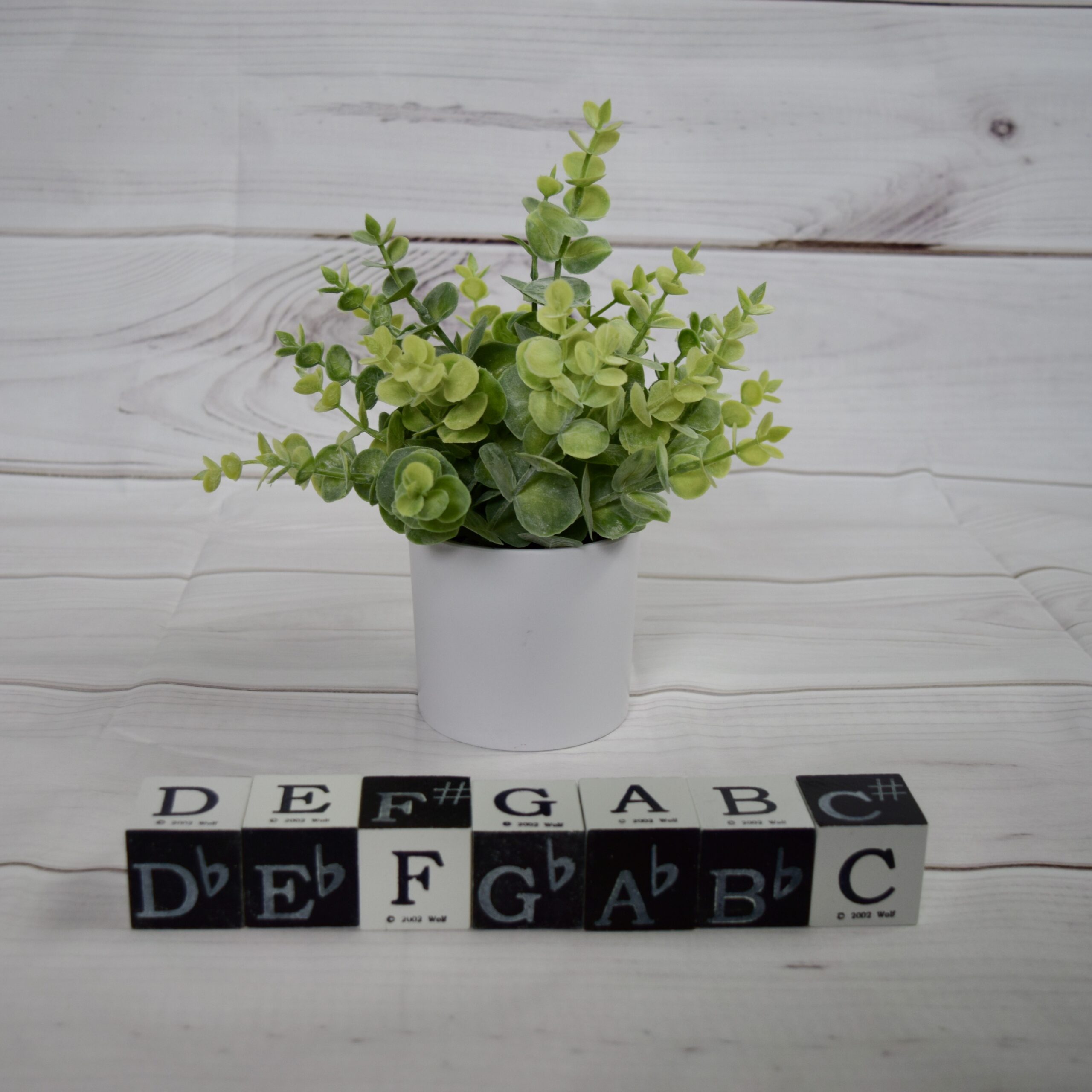
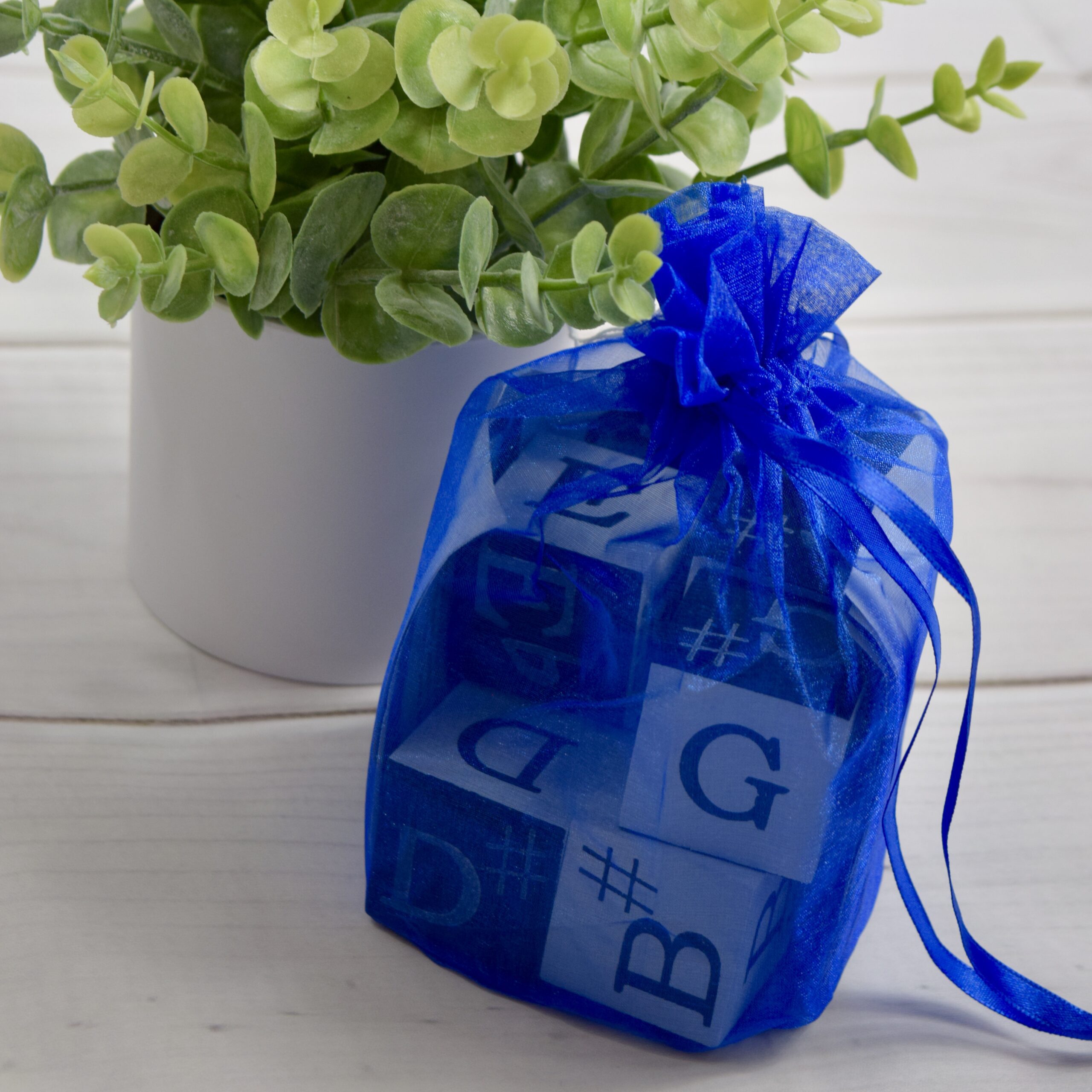



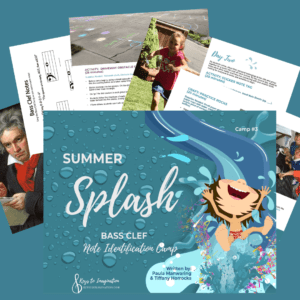
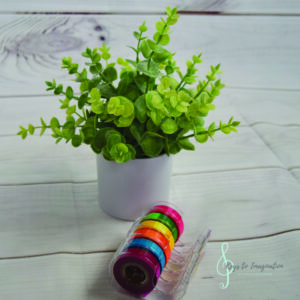

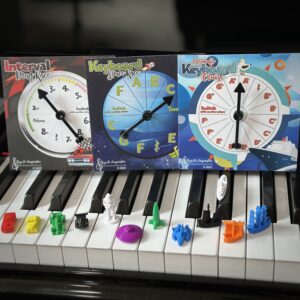

Jennifer Stadler –
This is my favorite manipulative for teaching students to build scales and chords — especially for chord inversions.